Home

Bathing

The Ultimate Guide to Baby Bath for New Parents
In this Article
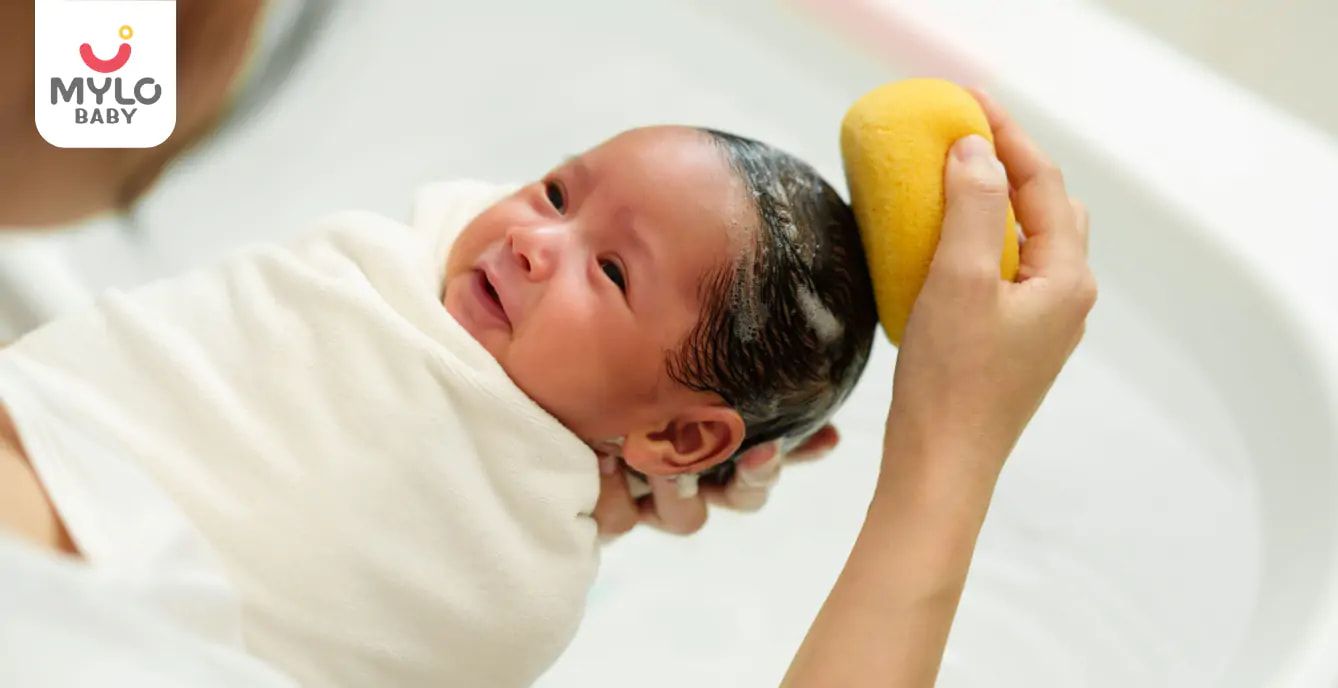
Bathing
The Ultimate Guide to Baby Bath for New Parents
Updated on 4 October 2023
Bathing a newborn can be a daunting task for new parents. The thought of holding a slippery, fragile baby can make even the most confident parents anxious. However, with a little preparation and knowledge, baby bath time can be a fun and bonding experience for both the baby and parents.
In this guide for new parents, we will cover everything from when to start bathing your baby, what is the right water temperature, essential bath products, the baby bath procedure, and common mistakes to avoid.
When should you start bathing your baby?
Most pediatricians and experts recommend waiting until the umbilical cord stump falls off before giving new born baby bath. Until then, you can give your baby a sponge bath. A sponge bath involves using a damp cloth or sponge to wipe your baby’s face, neck, arms, and legs. You should also clean your baby’s diaper area and wash their hair with a washcloth.
Once the umbilical cord stump has fallen off, you can give your baby a full bath. It is important to note that bathing your baby too often can dry out their skin. Two to three times a week is sufficient for most babies. However, if your baby enjoys bath time and has a lot of diaper blowouts, you can give them a bath more frequently.
What is the right baby bath water temperature?
The ideal water temperature for a baby bath is between 90 and 100 degrees Fahrenheit. You can use a bath thermometer to ensure the water temperature is within this range. It is also a good idea to test the water temperature with your elbow or wrist before putting your baby in the bath. The water should feel warm, but not hot.
It is important to note that infants have sensitive skin, and hot water can cause burns. Always add cold water to cool the bath if it feels too warm. Additionally, never leave your baby unattended in the bath, even for a moment.
You may also like : The Ultimate Guide to Baby's First Bath: Everything You Need to Know
What are the essential baby bath products?
There are many bath products available, but you don’t need them all. Here are five essentials you will need:
1. Baby bathtub
A baby bathtub is designed to keep your baby safe and secure during bath time. Look for a bathtub with a non-slip surface and a contoured shape to support your baby’s head and neck.
2. Baby wash
Choose a gentle, fragrance-free baby wash that won’t irritate your baby’s skin.
3. Washcloths
Soft washcloths are essential for washing your baby’s face, body, and diaper area.
4. Hooded towels
Hooded towels are great for keeping your baby warm and cozy after their bath.
5. Diaper rash cream
Diaper rash cream can help prevent and treat diaper rash.
You may also like : Baby Bath Time - Step by Step
What is the baby bath procedure step-by-step?
Here is a detailed baby bath procedure for bathing your little one:
1. Gather all necessary bath products and lay out a clean towel and clean diaper.
2. Fill the baby bathtub with 2-3 inches of warm water.
3. Undress your baby and gently place them in the water, supporting their head and neck.
4. Use a soft washcloth to wash your baby’s face, starting with their eyes and working your way down.
5. Use another washcloth to wash your baby’s body, arms, and legs. Be sure to clean the diaper area last.
6. Rinse your baby with clean water, using a cup to pour water over their body.
7. Lift your baby out of the bath and wrap them in a hooded towel. Pat them dry, paying special attention to their skin folds.
8. Apply diaper rash cream if needed and dress your baby in a clean diaper and clothes.
You may also like : 5 Ways to Make Baby Bath Time Fun & Enjoyable for Your Little One
Common mistakes to avoid during baby bath
Here are some common mistakes you should be wary of while bathing your little one:
1. Leaving your baby unattended
Never leave your baby unattended in the bath, even for a moment.
2. Using too much soap
Using too much soap can dry out your baby’s skin. Use a small amount of gentle baby wash.
3. Not supporting your baby’s head and neck
While giving a new born baby bath, make sure to always support their head and neck.
4. Using cold water
Cold water can make your baby uncomfortable. Always aim for the right baby bath water temperature and use warm water between 90 and 100 degrees Fahrenheit.
5. Bathing your baby too often
Bathing your baby too often can dry out their skin. Two to three times a week is sufficient for most babies.
Final thoughts
Bath time can be a special bonding experience for parents and babies. By following the tips in this ultimate guide for new parents, you can ensure that bath time is a safe and enjoyable experience for both you and your baby. Remember to always supervise your baby during bath time, use warm water, and choose gentle baby bath products. With a little practice, you’ll soon become a pro at baby bath!
References
1. Fenta Kebede B, Dagnaw Genie Y, Yetwale Hiwot A, Biyazin Tesafa T, Abebe B. (2021). Early Newborn Bath Practice and Its Associated Factors in Jimma, South West Ethiopia
2. Getachew G, Ibrahim IM, Mulugeta Y, Ahmed KY. (2022). Early newborn bathing and associated factors among mothers in Afar Region, Northeast Ethiopia. J Trop Pediatr.
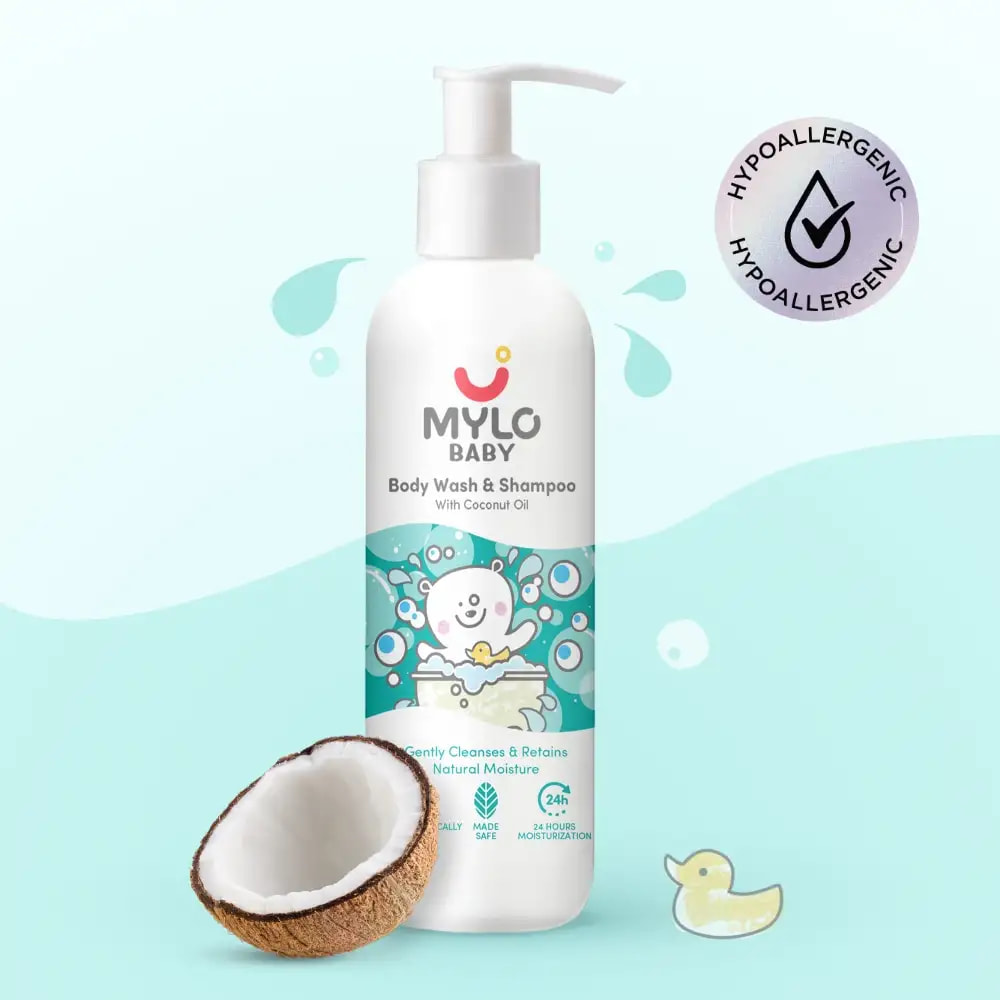
Baby Body Wash & Shampoo - 200 ml
Gentle Cleansing Head-to-Toe | Tear Free Formulation | Retains Natural Moisture | Dermatologically Tested | Made Safe Australia Certified
₹ 99

4.4
(6594)

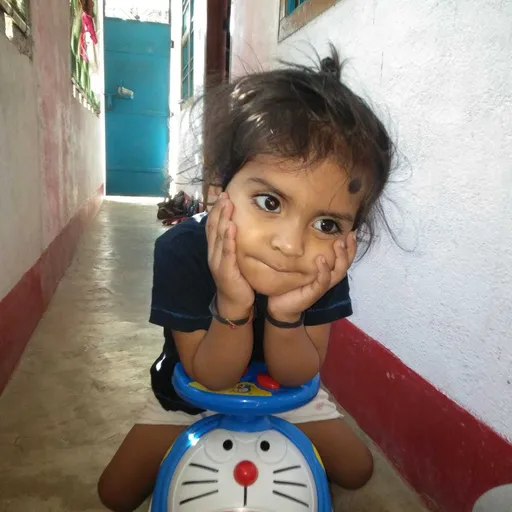
41211 Users bought



Written by
Anupama Chadha
Anupama Chadha, born and raised in Delhi is a content writer who has written extensively for industries such as HR, Healthcare, Finance, Retail and Tech.
Read MoreGet baby's diet chart, and growth tips

Related Articles
Related Topics
RECENTLY PUBLISHED ARTICLES
our most recent articles
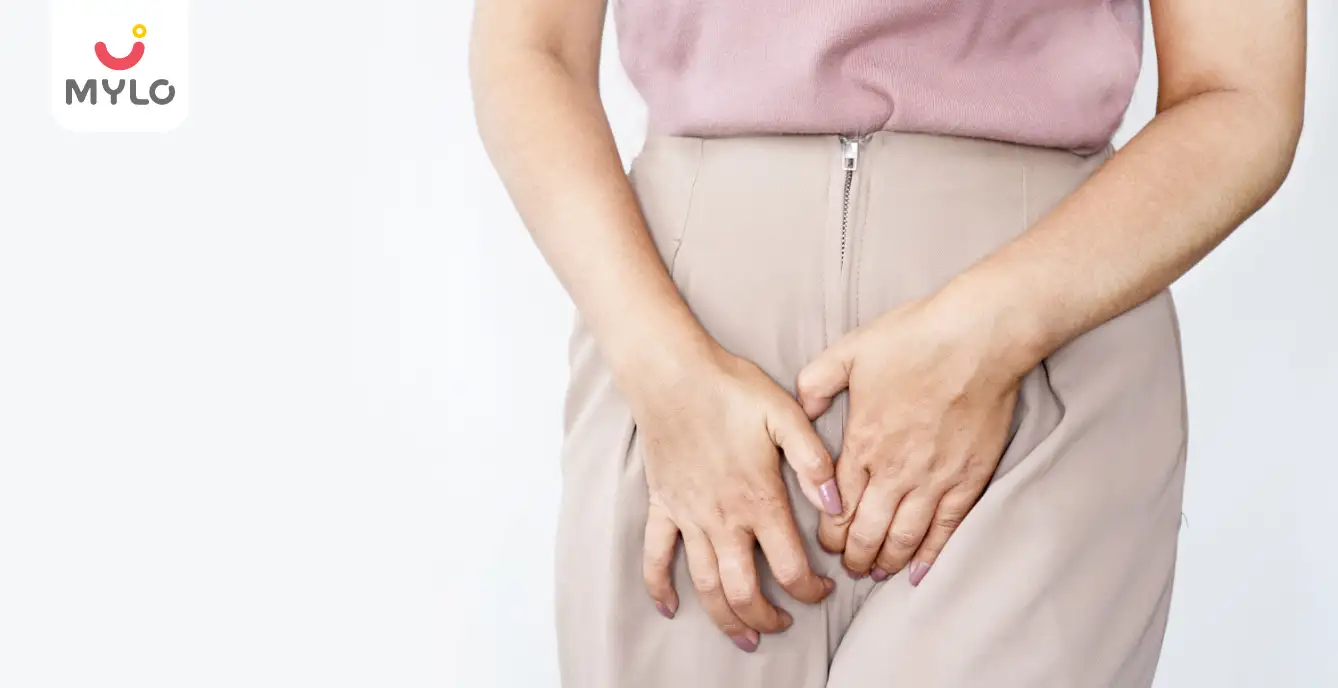
Vaginal Discharge
Watery Discharge Before Period: Is It Normal or a Cause for Concern
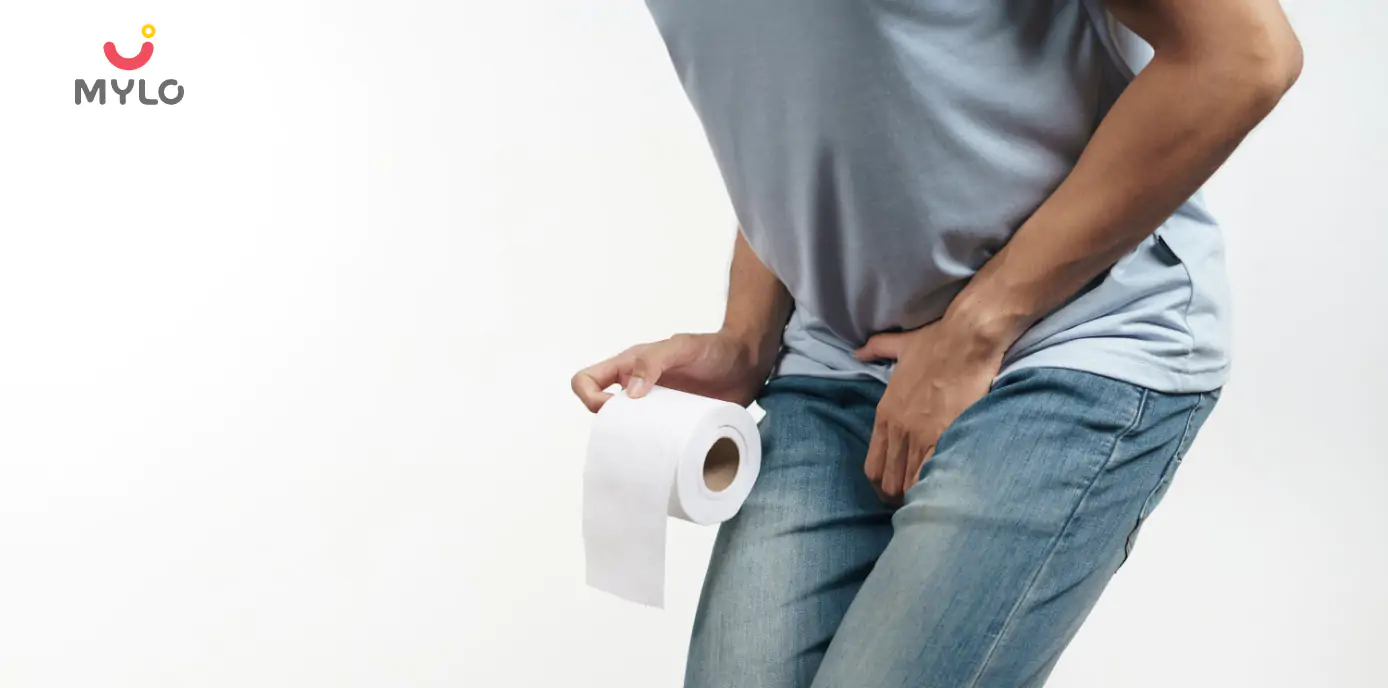
Male Infertility
Sperm Cramps: Debunking Myths and Shedding Light on the Facts

Diet & Nutrition
Bitter Gourd During Pregnancy: Benefits and Precautions You Should Know

First Period After Failed IVF Cycle: What to Expect and How to Cope
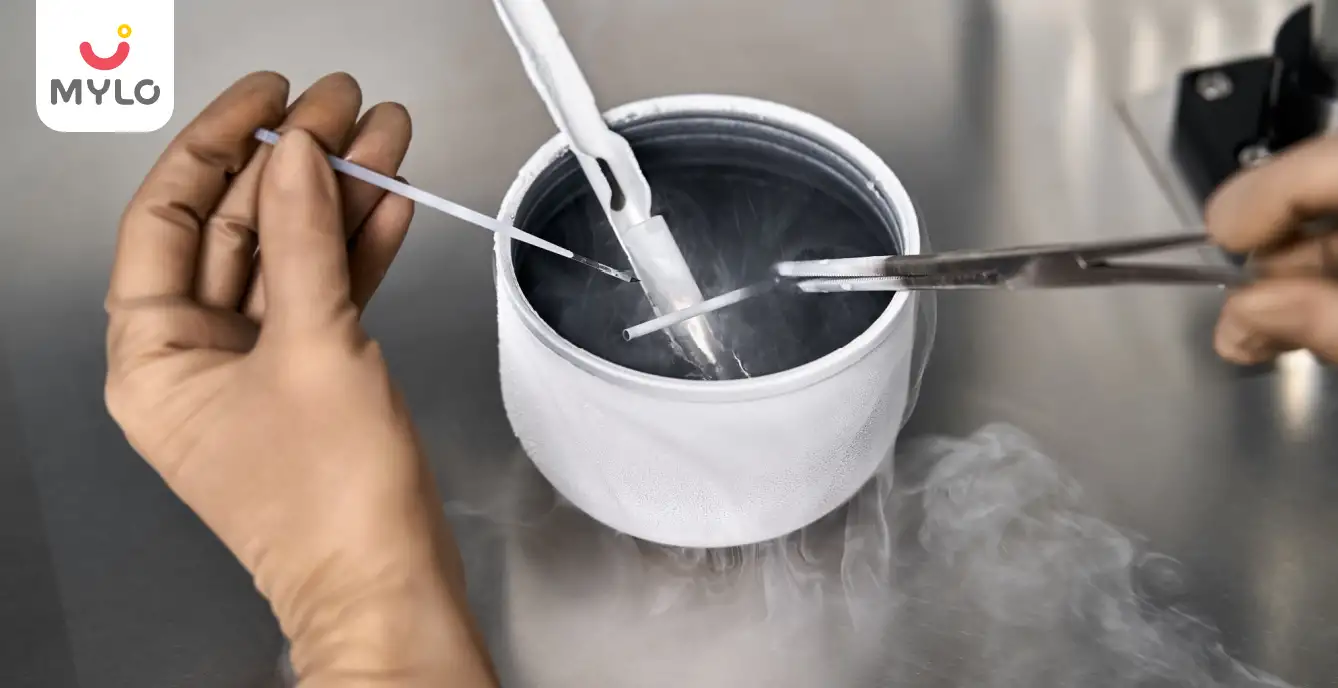
Fertility
Freezing Eggs: The Pros and Cons of Preserving Your Fertility

Fertility Problems
Can a Diabetic Woman Get Pregnant: Exploring the Facts and Myths
- Bulky Uterus with Fibroids: Understanding Causes, Symptoms, and Treatment Options
- Tubal Recanalization: How This Procedure Can Help Restore Your Fertility
- Are FSH (Urofollitropin) Injections an Effective and Safe Fertility Treatment For You?
- The Ultimate Guide to Choosing a Baby Massage Oil for Summer
- The Ultimate Guide to Understanding a Follicle Size Growth Chart
- Fruits for PCOS: Your Guide to Making Healthy Choices
- Is Milk Good for PCOS: Exploring the Dairy Dilemma
- The Ultimate Guide to Using Ashokarishta for PCOS
- PCOS Pain: The Ultimate Guide to Causes and Effective Management
- 10 Best Mystery Books to Read in 2023
- 10 Best Non-Fiction Books to Read in 2023
- Is Ghee Good for PCOS: The Ultimate Guide to Benefits and Ways to Consume
- Is Curd Good for PCOS: The Ultimate Guide to Debunking Myths and Discovering Benefits
- Dark Chocolate for PCOS: Unlocking the Potential of a Guilt-Free Indulgence


AWARDS AND RECOGNITION

Mylo wins Forbes D2C Disruptor award

Mylo wins The Economic Times Promising Brands 2022
AS SEEN IN
















- Mylo Care: Effective and science-backed personal care and wellness solutions for a joyful you.
- Mylo Baby: Science-backed, gentle and effective personal care & hygiene range for your little one.
- Mylo Community: Trusted and empathetic community of 10mn+ parents and experts.
Product Categories
baby carrier | baby soap | baby wipes | stretch marks cream | baby cream | baby shampoo | baby massage oil | baby hair oil | stretch marks oil | baby body wash | baby powder | baby lotion | diaper rash cream | newborn diapers | teether | baby kajal | baby diapers | cloth diapers |








